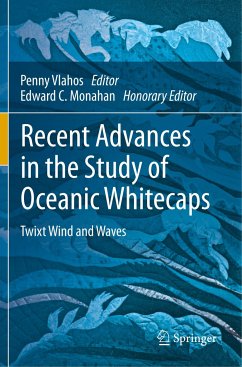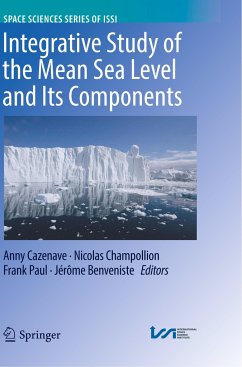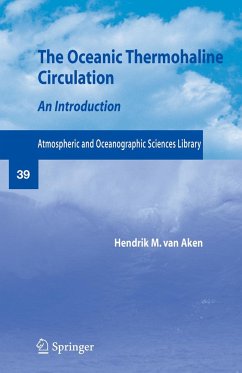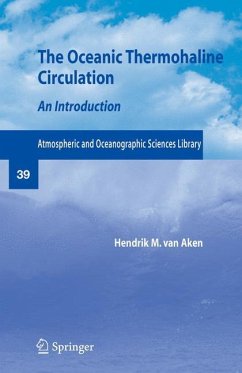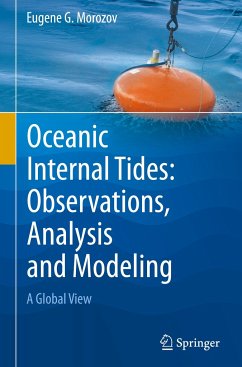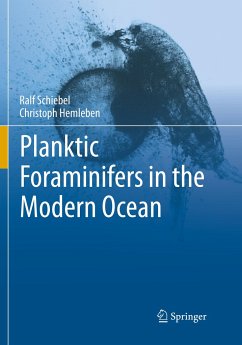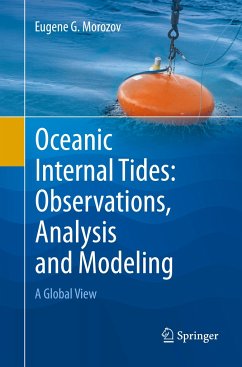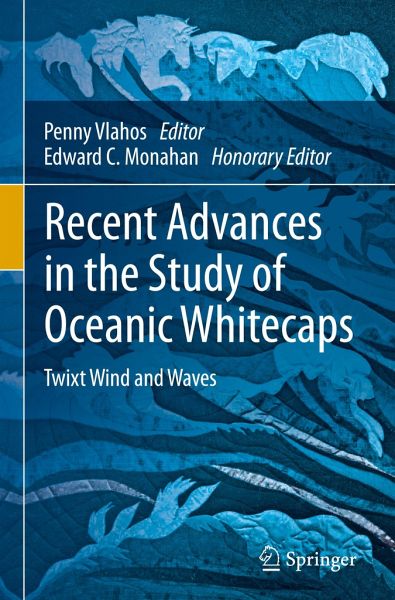
Recent Advances in the Study of Oceanic Whitecaps
Twixt Wind and Waves
Herausgegeben: Vlahos, Penny; Monahan, Edward C.

PAYBACK Punkte
38 °P sammeln!
This book provides the reader with the a comprehensive summary of the recent advances in the study of whitecaps. It is the first major publication focusing specifically on whitecaps and their role in a variety of climate-relevant air-sea interaction processes since the publication, in 1986, of Oceanic Whitecaps, and Their Role in Air-Sea Exchange Processes , edited by Edward Charles Monahan and Gearoid Mac Niocaill (published by Springer). This book also provides the interested reader with a review of the initial work done on this topic in the second half of the 20th Century.



